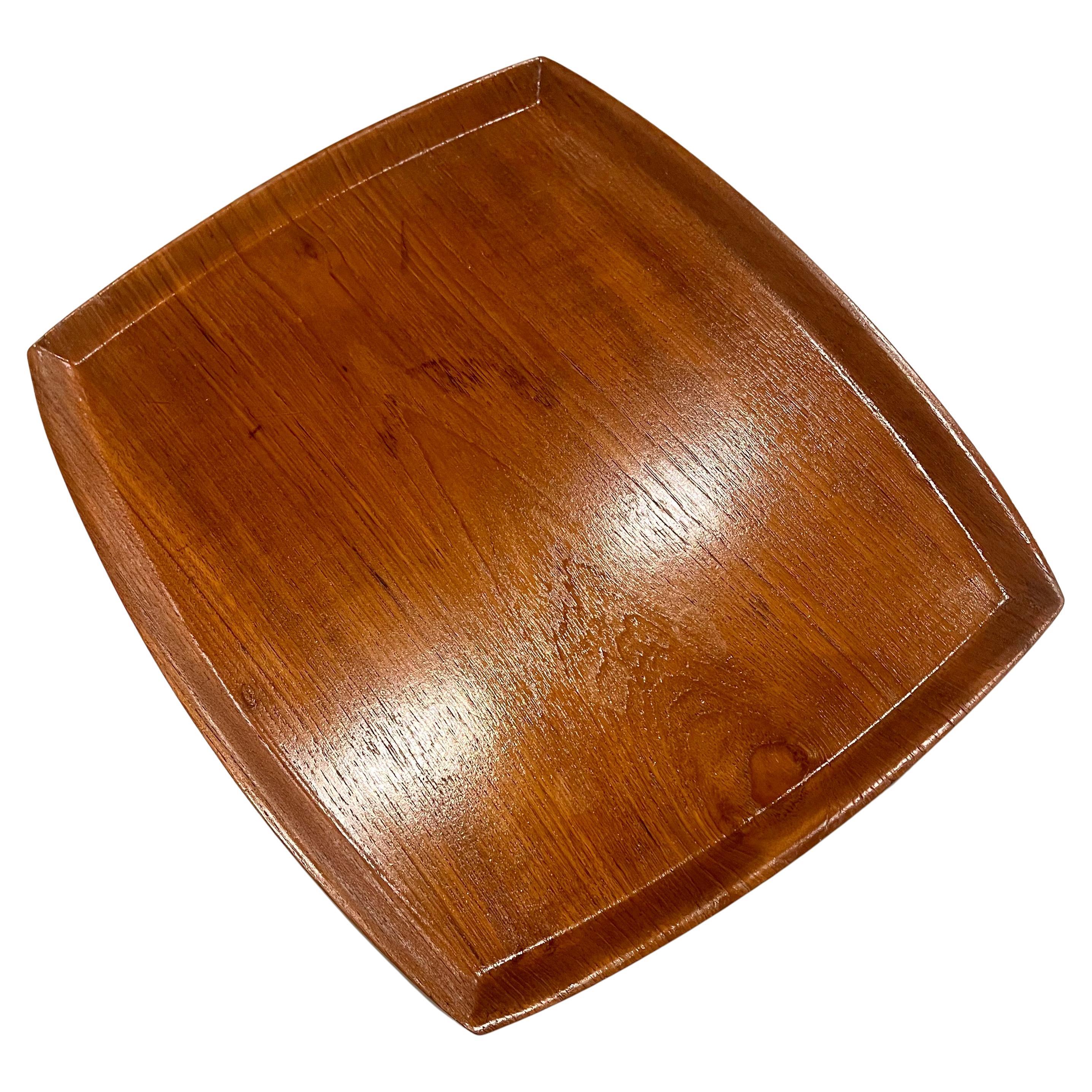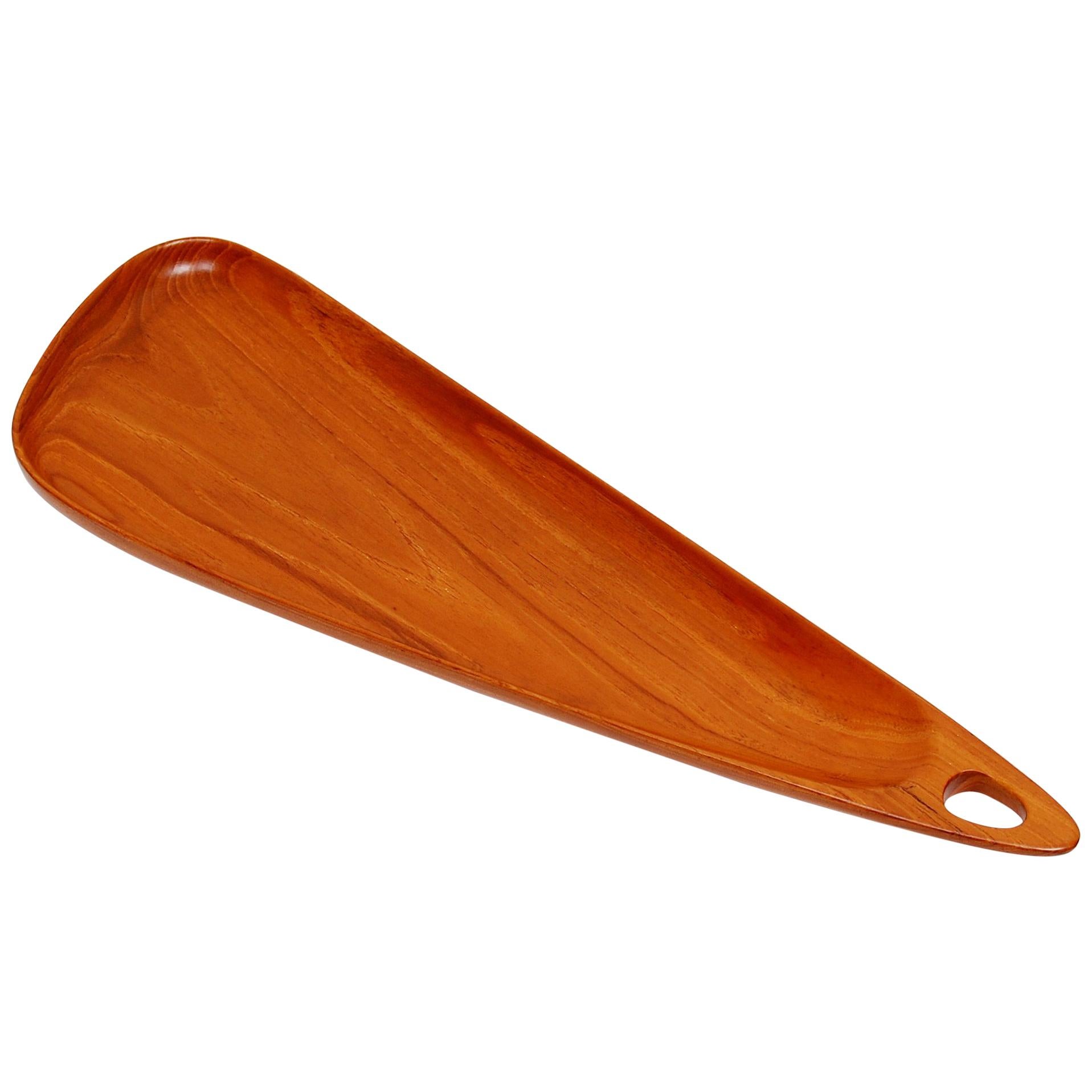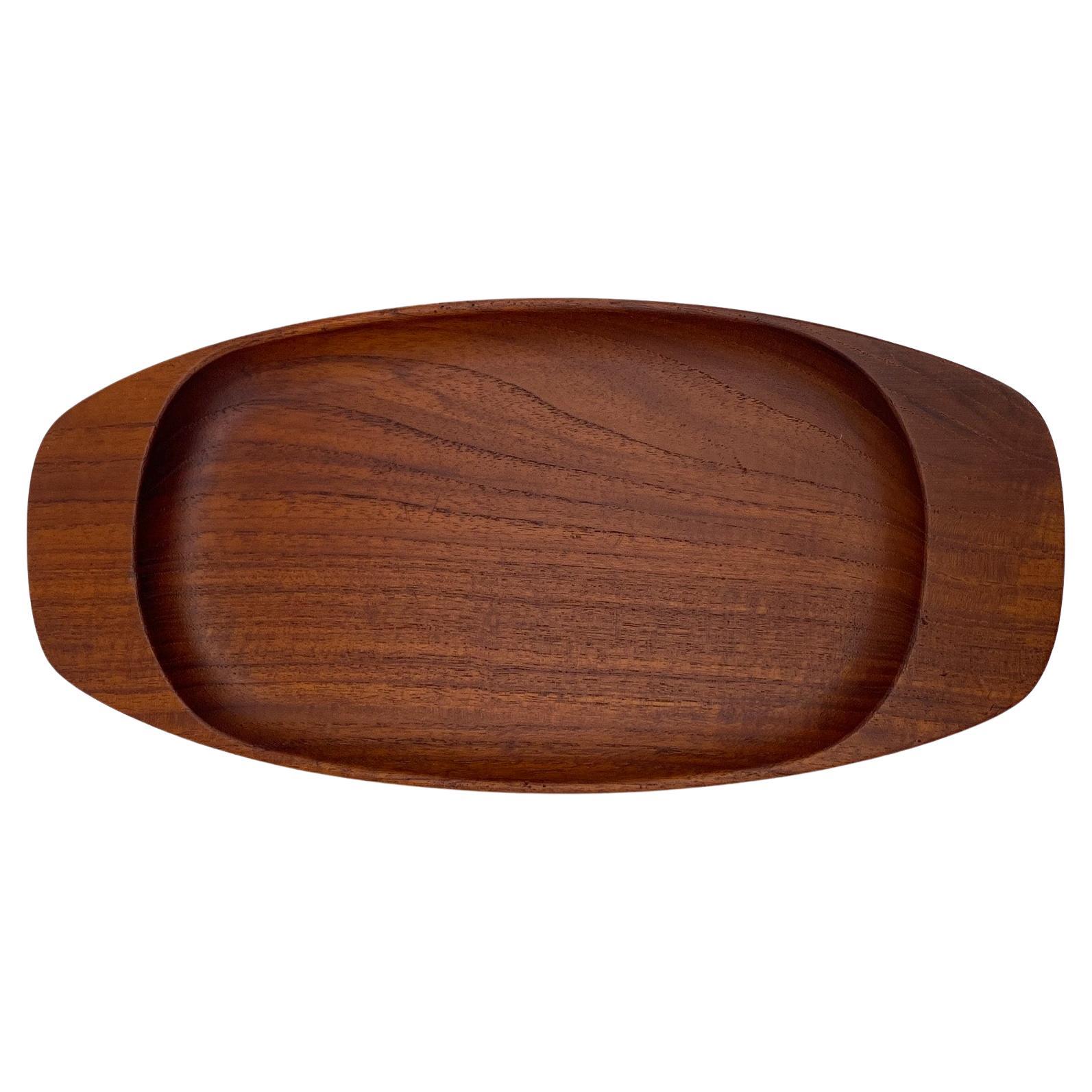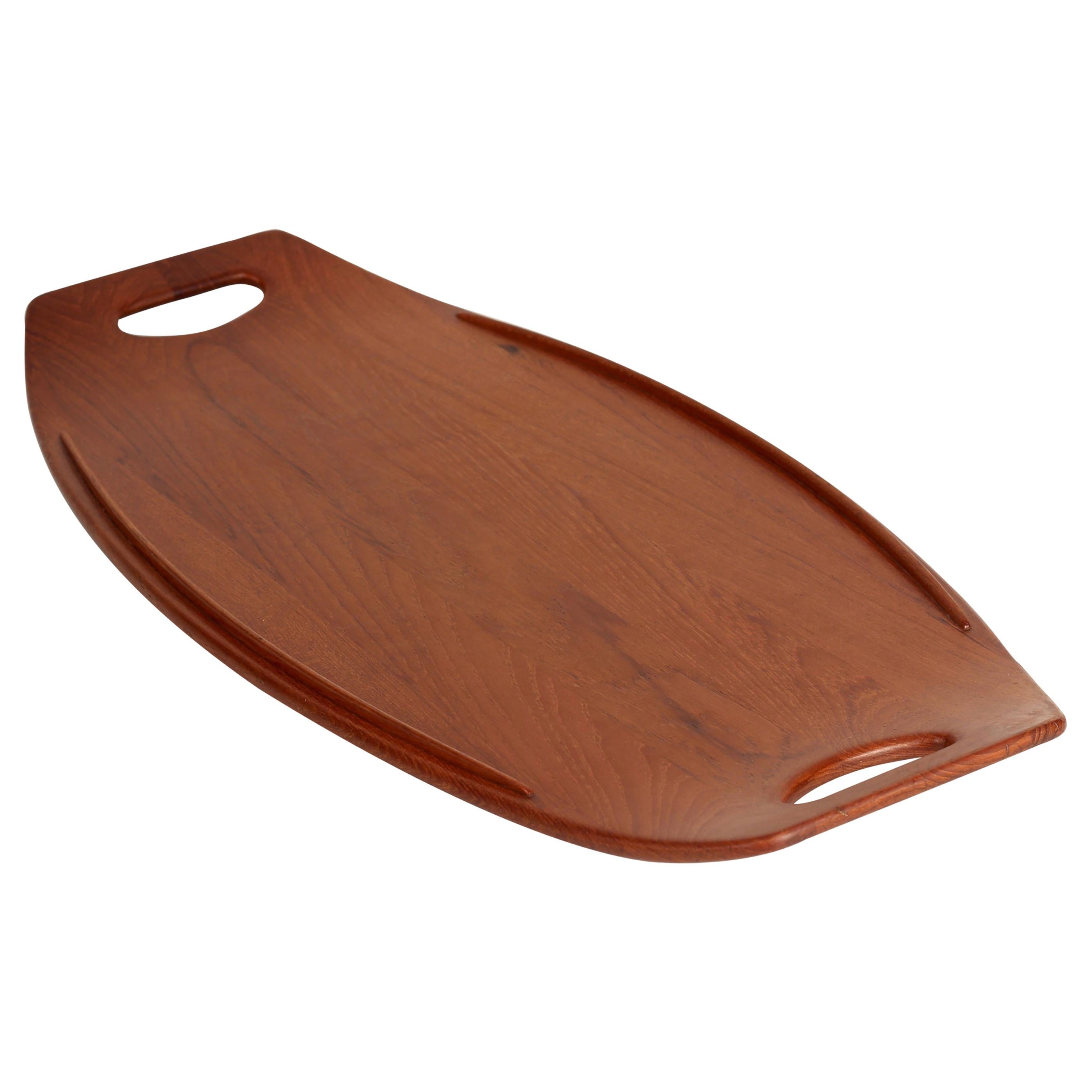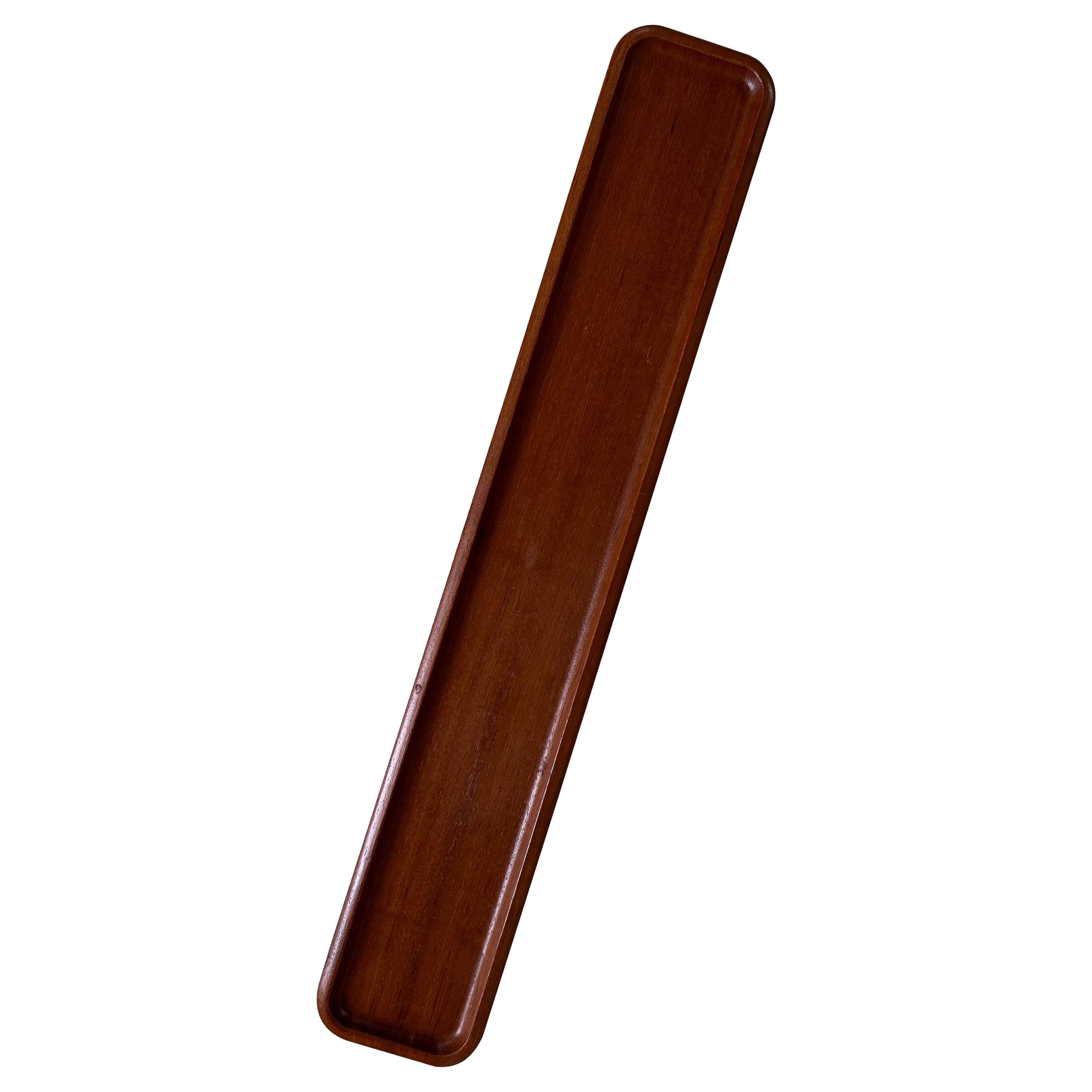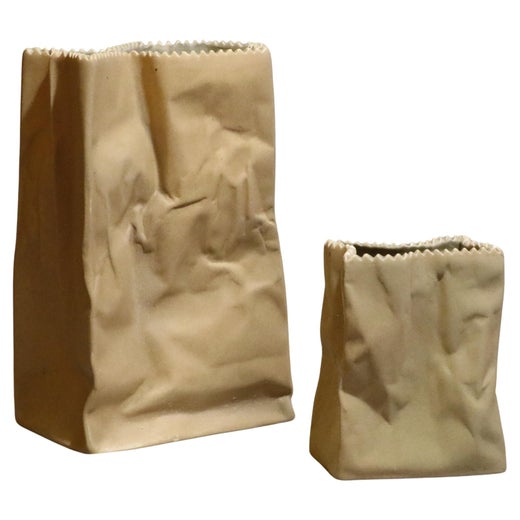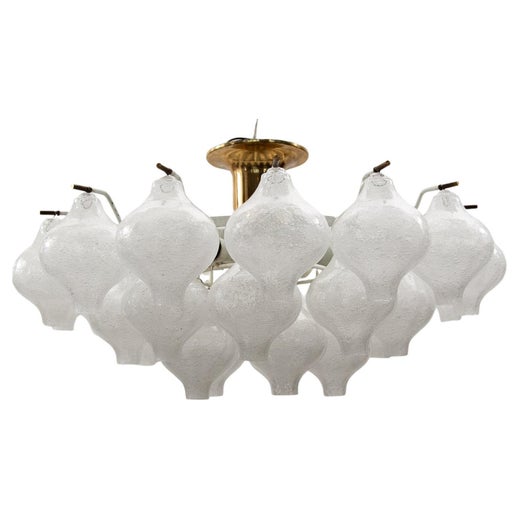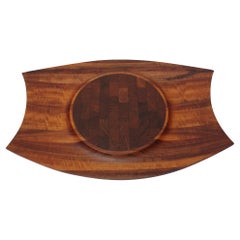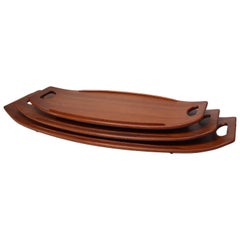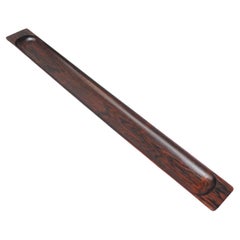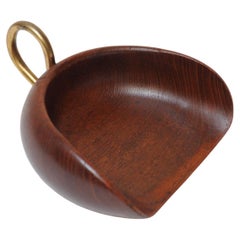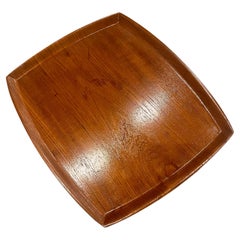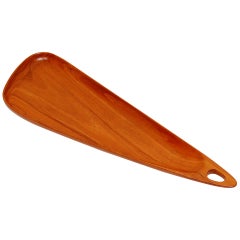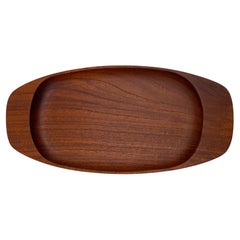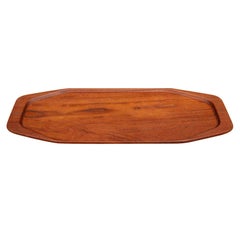Sculptural Swedish Modern Teak "Gondola" Tray by Tapio Wirkkala for Kalmar
About the Item
- Creator:Tapio Wirkkala (Designer),J.T. Kalmar (Manufacturer)
- Dimensions:Height: 0.75 in (1.91 cm)Width: 21.75 in (55.25 cm)Depth: 10 in (25.4 cm)
- Style:Scandinavian Modern (Of the Period)
- Materials and Techniques:
- Place of Origin:
- Period:
- Date of Manufacture:circa 1960s
- Condition:Refinished. Wear consistent with age and use. Conservatively refinished condition with only one spot of edge wear, as shown.
- Seller Location:Brooklyn, NY
- Reference Number:Seller: SKU000041481stDibs: LU1444230081902
Tapio Wirkkala
Along with architect Alvar Aalto, the designer Tapio Wirkkala was Finland’s leading contributor to the Scandinavian interpretation of modernism in the mid-20th century. Prolific and innovative, Wirkkala excelled in a wide range of fields, including glass, furniture, porcelain, jewelry and tableware. The hallmark of his talent was an ability to impart a craft aesthetic based on natural forms — leaves, ice, bubbles, birds — to industrially produced designs.
A native of Helsinki, Wirkkala studied at the national School of Applied Arts and took up a career in graphic design. After serving in the Finnish army during World War II, he joined the glassmaking firm Iittala, an association that would continue to the end of his life. Wirkkala learned every aspect of glassmaking in keeping with his belief that an artist-designer should be involved in all stages of production. His best-known works for Iittala are vases and drinking vessels that resemble either carved ice or icicles. In 1956, Wirkkala began a long relationship with the porcelain maker Rosenthal, for whom he designed elegant table pieces, such as the Finlandia coffee service and the biomorphic Pollo vases.
House Beautiful magazine declared Wirkkala’s Leaf platter the “most beautiful object” of 1951. (The acclaim led to his brief employment stint with industrial designer Raymond Loewy in New York.) That platter was one of the first designs Wirkkala made using laminated sheets of plywood sanded to a smooth surface that resembles an abstract leaf. It would go on to become a motif in many Wirkkala furniture pieces — most notably in inlaid coffee tables for Asko — and in a sense these are the works most emblematic of his personal aesthetic.
Wirkkala was a traditionalist in many ways, but he had a modernist’s practical approach, incorporating his leaf-like spirals into simple, functional objects. That is the core attraction of Wirkkala’s designs: They stand out with a striking, sculptural energy yet blend in as part of a warm and comfortable decor.
Find vintage Tapio Wirkkala furniture on 1stDibs.
J.T. Kalmar
In 1881, Julius August Kalmar founded Kalmar, a Viennese company that produced handcrafted objects of cast bronze. Kalmar developed a fine reputation and exhibited internationally often, but it was Kalmar’s son, Julius Theodor (J.T.) Kalmar, who took over in 1913 and made the company shine with its modernist lighting.
Having studied at the Birmingham School of Art and Design and under the Austrian architect Josef Hoffmann at the Vienna School of Applied Arts, J.T. was deeply inspired by the shift to modernity taking place in Europe and sought to work with the leading architects and designers of his time, including Austrian Werkbund architects Josef Frank and Oskar Wlach as well as Ernst Plischke, Clemens Holzmeister and Oswald Haerdtl. Similar to the Wiener Werkstätte cooperative cofounded by Hoffmann that prized materials, form and function, Kalmar viewed his company’s lighting fixtures as “quite humble things” meant to “fit in and serve their purpose of functionally illuminating spaces without glare.”
In 1925, Kalmar began selling in Haus und Garten, the forward-looking decor shop founded by Frank and Wlach. By 1931, a close partnership with the Austrian Werkbund association of architects, artists and craftsmen allowed the company to realize its vision of early 20th-century modernity — a distinctly Viennese pairing of traditional workmanship with contemporary technology. These collaborations included chandeliers and other fixtures using traditional materials such as glass, bronze and brass while focusing on function over ornamentation. As the company grew, so too did the scope of its projects, and soon Kalmar was installing extravagant chandeliers for the Vienna State Opera, the Burgtheater, Vienna stock exchange and other sites.
Under the guidance of Rudolf Calice, J.T. Kalmar’s son-in-law, the 1960s saw Kalmar’s popularity grow, thanks in part to the success of more decorative pieces like the ice-glass fixtures created with Austrian sculptor Karl Gruber. Thomas Calice, the great-grandson of Kalmar’s founder, led the company in the 1990s and its expansion to international lighting projects while shifting away from serial production. In 2009, Thomas’s son August Chalice established Kalmar Werkstätten to produce fixtures that reference the Kalmar archives but also feature updates on the iconic designs. Kalmar continues to produce bespoke fixtures while also working on custom lighting projects around the world, from cruise ships to the Burj Khalifa.
On 1stDibs, find a collection of vintage J.T. Kalmar lighting that includes chandeliers, wall lights, floor lamps and other fixtures.
- ShippingRetrieving quote...Shipping from: Brooklyn, NY
- Return Policy
More From This Seller
View AllVintage 1960s Danish Scandinavian Modern Serving Pieces
Wood
Vintage 1950s Danish Mid-Century Modern Platters and Serveware
Teak
Vintage 1960s Scandinavian Mid-Century Modern Serving Pieces
Rosewood
Vintage 1960s Italian Mid-Century Modern Tableware
Brass
Vintage 1950s Danish Scandinavian Modern Barware
Plastic, Teak
Vintage 1960s Danish Mid-Century Modern Barware
Plastic, Teak
You May Also Like
20th Century Swedish Scandinavian Modern Barware
Teak
Vintage 1960s Swedish Scandinavian Modern Serving Bowls
Teak
20th Century Danish Mid-Century Modern Serving Pieces
Teak
Vintage 1960s Danish Mid-Century Modern Platters and Serveware
Teak
Mid-20th Century Danish Mid-Century Modern Platters and Serveware
Teak
20th Century Swedish Scandinavian Modern Platters and Serveware
Teak
